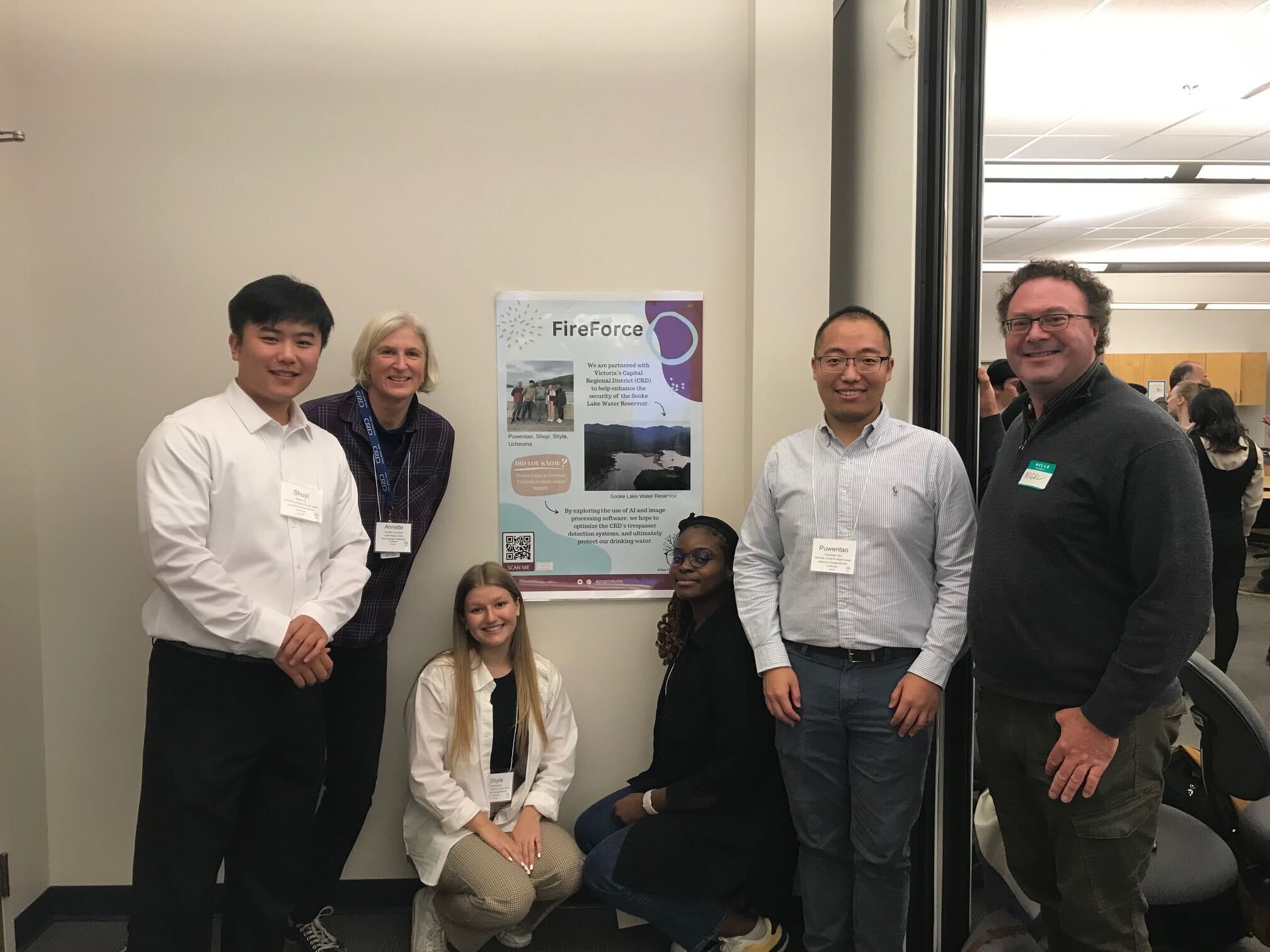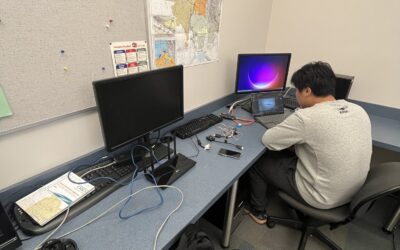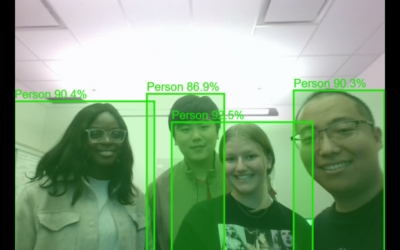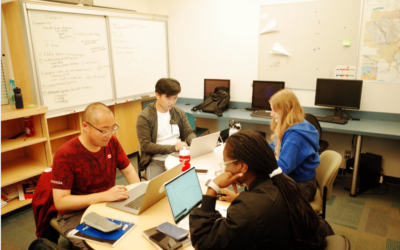FIREFORCE
FireForce is a four-month project focused on enhancing wildfire management in British Columbia and the Victoria Capital Region through development and design thinking. Students will collaborate with field experts and technical specialists to improve existing software and create new solutions for wildfire management and safety. This project entails developing software that can optimize fire and trespassing detection across various monitoring hardware, necessitating in-depth research into wildfire management practices and techniques.
TEAM MEMBERS

Shyla Burns
3rd year Software Engineering Student at University of Victoria

Ucheoma Okoma
1st Year Computer Science Student at University of Victoria

Puwentao Yan
4th Year Computer Science and Statistics Student

Shuyi Yu
4th Year Computer Engineering Student at UVic
COMMUNITY PARTNERS
 The Capital Regional District (CRD) is the regional government for 13 municipalities and three electoral areas on southern Vancouver Island and the Gulf Islands, serving about 440,000 people. The traditional territories of many First Nations span portions of the region and 11 of those Nations hold reserve lands throughout the capital region.
The Capital Regional District (CRD) is the regional government for 13 municipalities and three electoral areas on southern Vancouver Island and the Gulf Islands, serving about 440,000 people. The traditional territories of many First Nations span portions of the region and 11 of those Nations hold reserve lands throughout the capital region.
The Greater Victoria Water Supply Area is located northwest of the City of Victoria and is comprised of 20,550 hectares of forested land in the Sooke, Goldstream, and Leech watersheds. These lands are owned by the CRD and managed by Integrated Water Services (IWS) Department.
PROJECT JOURNEY
Final Touches!
Whew! It’s been a long ride.
From meeting the team and our community partner where we heard the problem for the first time, to the site visits and understanding and narrowing our scope.
The Structure of our Solution
The Intended end user of our solution is the staff at the CRD, particularly the Watershed Protection Division. Within the described end users, there are two main user categories we are focusing on, “Staff” and “Admin”.
Progress!!
This sprint, our team had trouble dividing tasks, which was a challenge. But in hindsight, it was a valuable experience. We all shared different ideas, leading to effective collaboration and success.
Overcoming Project Challenges
One of our biggest accomplishments this sprint is presenting our lo-fi prototype during our bi-weekly meeting with our Community Partner, Nigel.
Step 1: Choosing a Scope
This sprint was highly rewarding for our team as it included a crucial in-person visit to the Capital Regional District’s watershed. This on-site experience provided invaluable clarity about the situation and the project’s scope since we were able to infer what they needed.
Getting started
Our team’s journey into the INSPIRE program began with a sense of excitement and anticipation. On the second day, we gathered to watch the project presentation delivered by the CRD manager and IT support staff.







